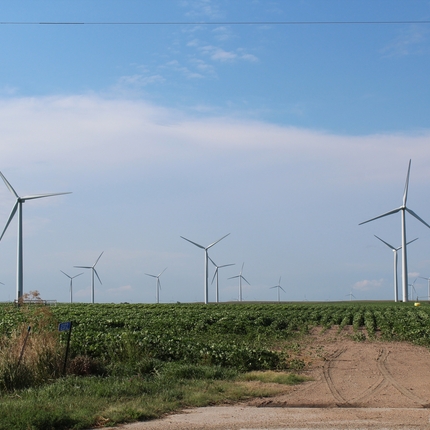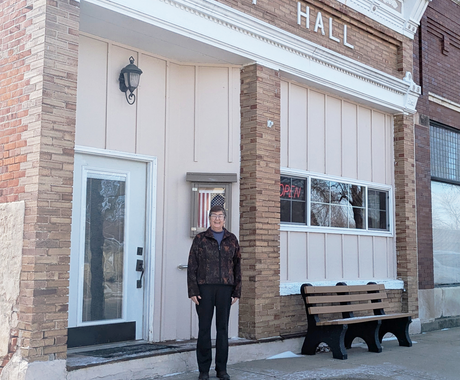By Lucas Nelsen, former staff member. Published in the Lincoln Journal Star on Nov. 20, 2018
The way we use and generate electricity continues to change at a rapid pace. Just as we have more devices that rely on ready access to energy, we’ve also shifted to cleaner and renewable resources to deliver that energy.
Renewable energy generation like wind does more than produce clean energy. It creates several other benefits for the communities where projects are located.
There are more than 780 utility-scale wind turbines in Nebraska, according to the state energy office. Currently, there is a total capacity of more than 1,414 megawatts in operation — and that’s just the start.
More development is underway across the state. This boom in wind energy has stimulated new revenue for counties, created employment opportunities in rural areas and provides an added source of income for landowners. The development has generated an economic boost for our state’s rural communities.
Each project generates tax revenue to fund essential functions such as schools, police and emergency services. This revenue offers a way for counties to limit the tax burden on residents while still funding critical services. In 2017, the nameplate capacity tax on wind farms generated $3,065,623 in revenue for Nebraska counties, with $1,862,959 going to local schools, according to the Legislative Fiscal Office. There are few other options for counties to generate money without raising taxes.
Wind projects also bring employment opportunities during their construction, and long-term careers for technicians that will maintain the projects post-construction.
Wind farm technician is the second fastest growing profession in the United States, according to the Bureau of Labor Statistics, and many of these well-paying jobs are located in rural areas. In addition, annual land-lease payments provide Nebraska’s farmers and ranchers with a new source of income that can offer some stability in the face of volatile markets.
Renewable energy generation, like wind, has great potential to continue delivering these benefits to rural communities in Nebraska.
But, as more wind energy is being developed, local officials must carefully consider ordinances and regulations. If ordinances fail to address the needs of local residents, avoidable conflicts could arise. If these standards are too restrictive, the potential for development can be all but eliminated in some counties and communities.
In 2015, Lancaster County adopted new zoning standards for wind energy. These standards created several barriers for development, just as other counties across Nebraska were reaping the benefits. Now, many landowners who wish to host a turbine are unable to because some requirements — such as noise in the ordinance — are equally extreme for everyone, even if a landowner decides to participate.
This lack of distinction stops many landowners from choosing how they want to use their land. It also makes siting any wind project in the county difficult to impossible, as available locations for a project disappear due to restrictive zoning.
Crafting well-balanced ordinances is key to addressing local concerns and avoiding limitations on how owners can use their land. This requires that county officials, community members, and developers work together to find sensible solutions for issues that may arise from development.
Part of this process is making important distinctions between people who voluntarily choose to participate and those who do not. Unlocking the benefits of wind energy in Lancaster County will require clear and reasonable standards.





